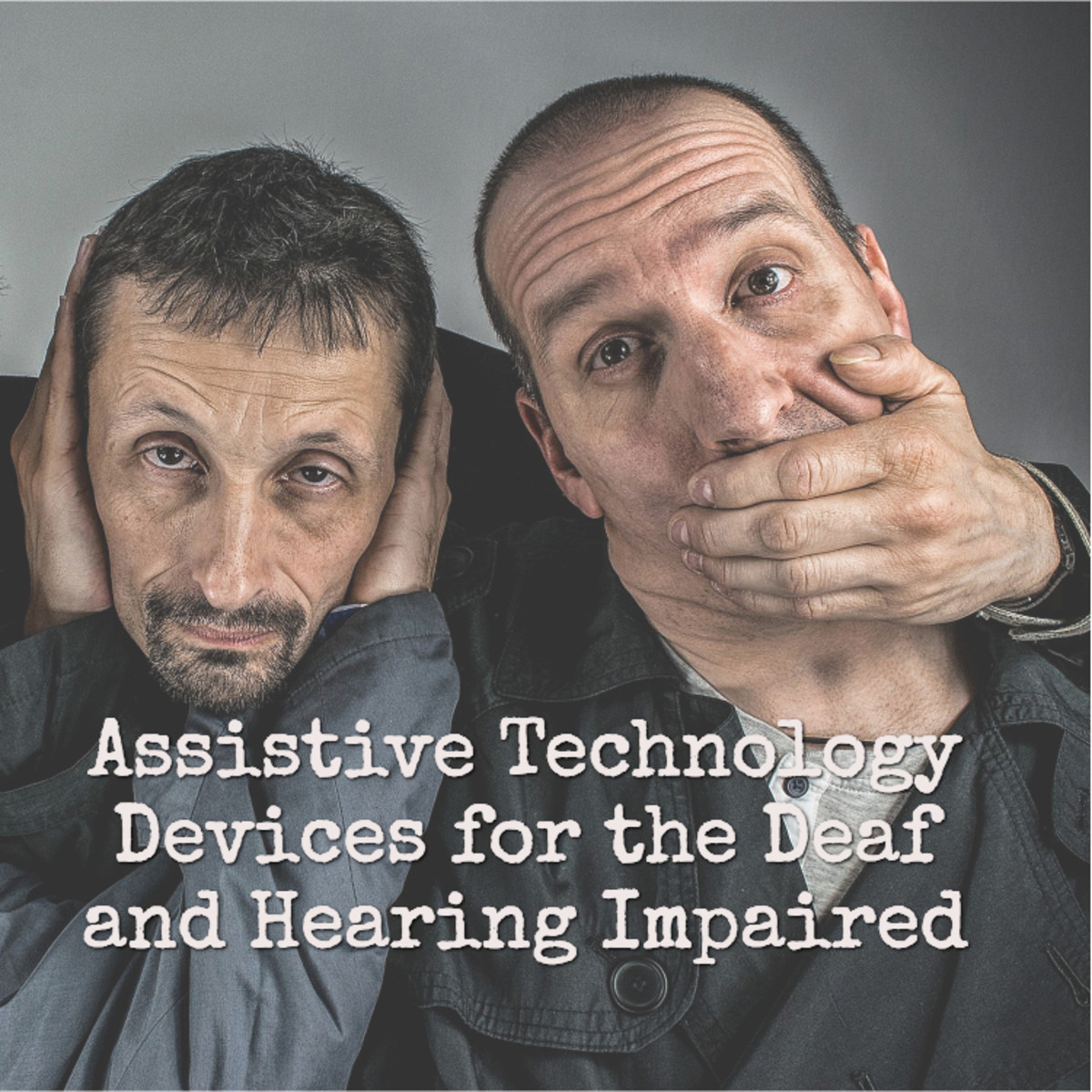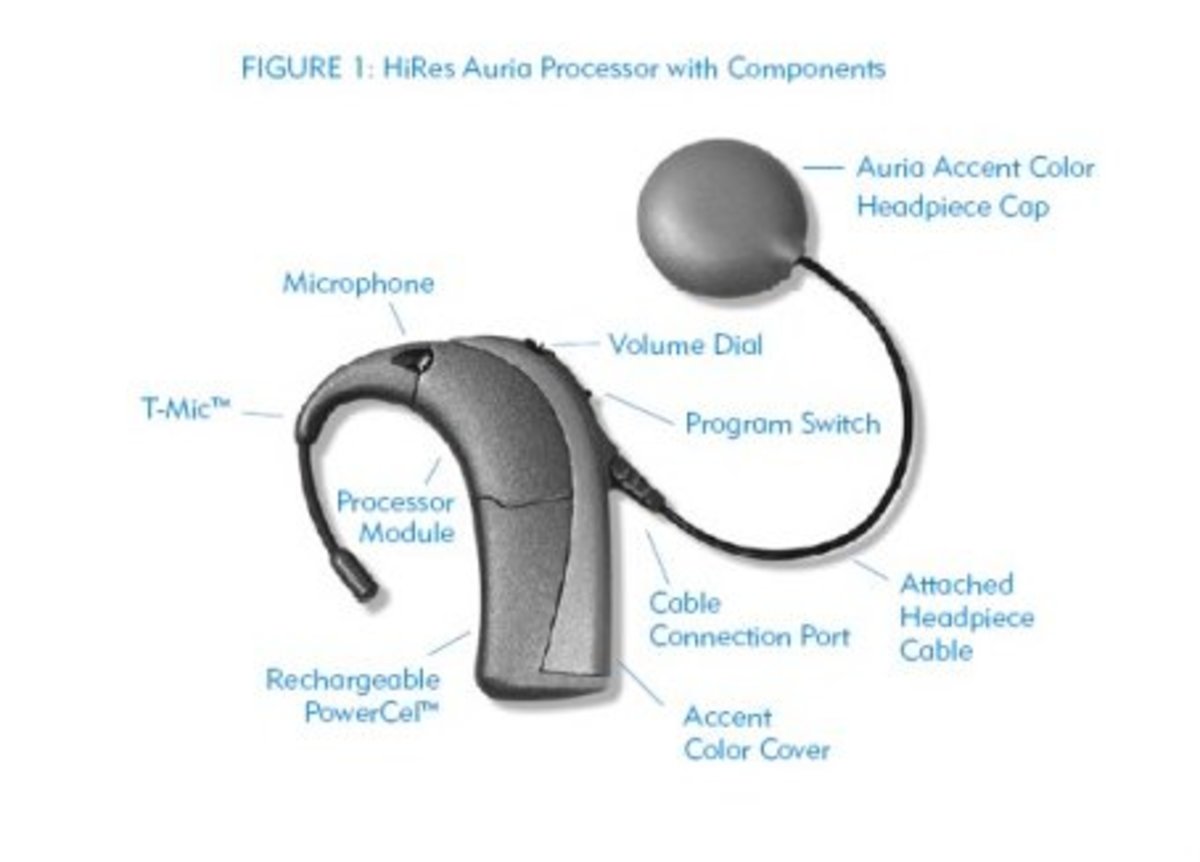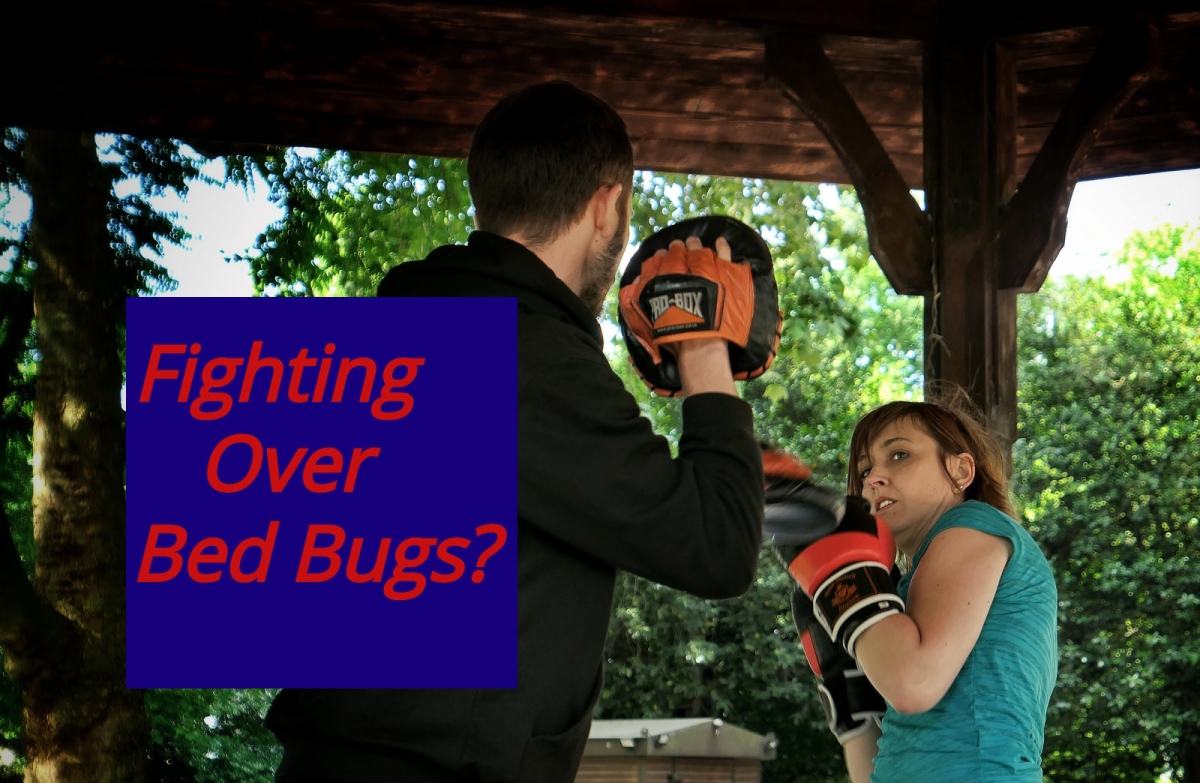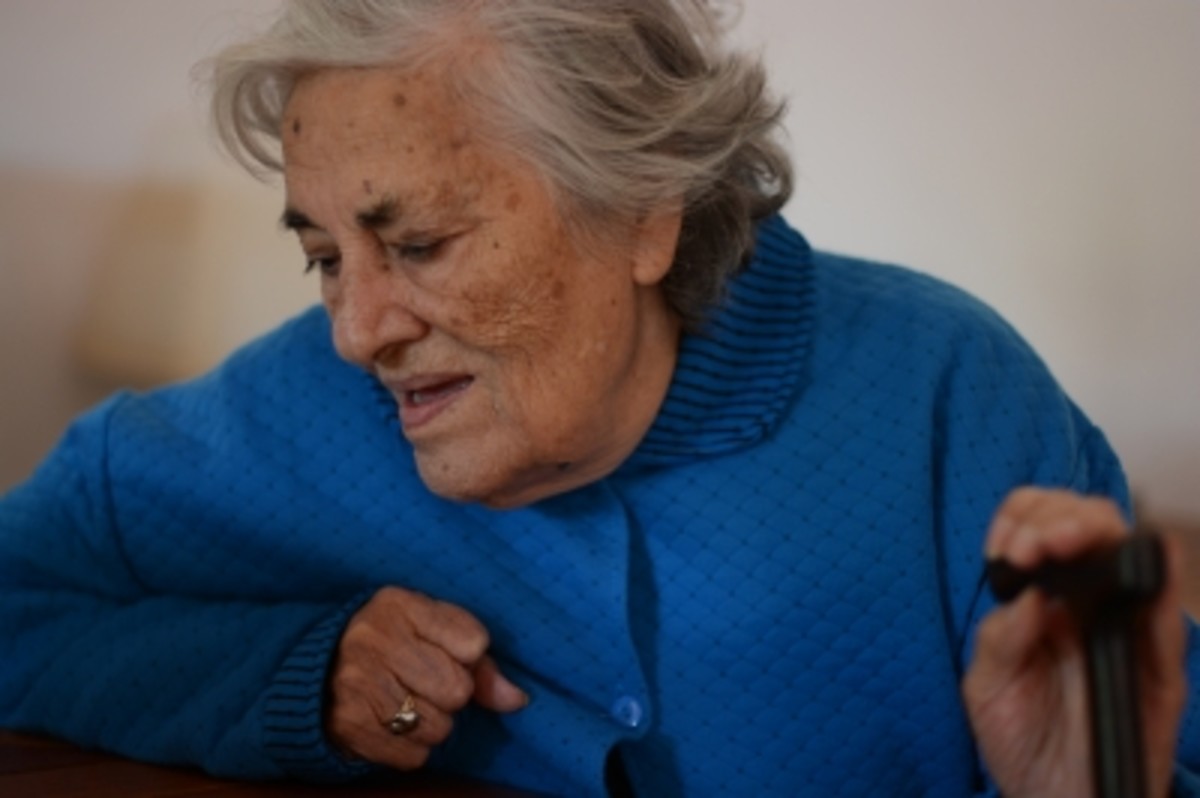Telecare, AT and ICT accessibility for persons with Dementia
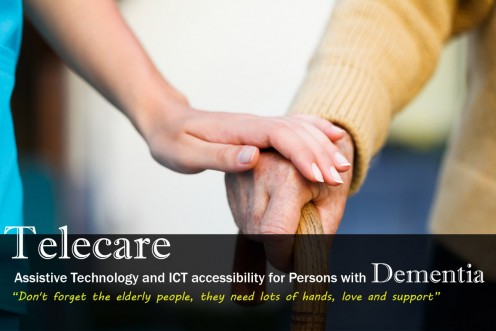
Telecare, Assistive technology and ICT accessibility for persons with Dementia
“Don't forget the elderly people, they need lots of hands, love and support”
The proportion of elderly people in our society is growing at an unprecedented rate and with life expectancy also increasing; more and more people are likely to also be affected.
The number of persons with dementia will double in the next 40 years, and the number of those 85+ with dementia will treble.
One of the key responses to this emerging challenge has been the development of assistive technologies, designed to support persons with dementia to live independently and safely for longer, as well as reducing the pressure on their carers.
It’s important to note that assistive technology is not about the technology. Instead, it is about enhancing a person’s quality of life through improved outcomes in safeguarding, living standards, social interaction and greater independence.
Assistive technology aims for supporting persons with dementia and their carers at home. Major benefits can be gained from introducing technology into residential facilities. Persons with dementia and staff benefit as jobs are made safer, easier and more supportive of person-centred care.
Assistive technology ranges from simple things like walking sticks to sophisticated equipment like satellite-based navigation systems to find people who have walked away from facilities. It includes kitchen technologies designed for residential care, nursing aids and new administrative software. Technology is useful at many levels.
Using Assistive Technology
Assistive technology can help and enable persons with dementia to live more independently. It may not be the answer for everybody, but for many people, there are products that can be of great use.
Using assistive technology depends on a person’s needs and environmental factors.
Personal factors include: Level and stage of cognitive impairment, ability to carry out activities of daily living, emotional factors like anxiety or depression, wanting to walk away from a facility.
Environmental factors include: Capacity of building structures, design of new facilities, relevance of technologies, staff training, family members’ understanding of the benefits of technology, management commitment to long-term benefits, despite high initial costs.
Benefits of assistive technology
There are a range of products available and assistive technologies help persons with dementia to communication, to remind and to assist with safety in their home.
Assistive technologies successful in domestic settings are useful in facilities.
For example:
- Improve quality of life.
- Increased choice, safety, independence and let persons with dementia make more decisions for themselves.
- Offer safer and more secure living.
- Give people more privacy and dignity.
- Reassure family members about the level and quality of care and reduced burden placed on carers.
- Offset the need for some personal care.
- Improve support for people with long-term health conditions.
Assistive Technology Tools for Persons with Dementia
Assistive technologies include more tools such as: computers, smart wiring, alarms, automated door openers, smart stove-tops and Smart toilets.
Other technologies include hidden switches and control lockouts, electric strikes and reed switches on outside doors giving people freedom of movement without staff supervision.
In addition sensors are another safety-related technology they can detect extreme temperatures, scalding baths, gas, falls, absences from bed or chair, night-time disturbances.
Assistive technology for everyday living for automatic lighting control, stove-top monitors and automatic shut-offs, automatic taps that turn off if users forget, time-orientation support, place and time reminder.
ICT accessibility and Dementia
ICT accessibility and advances in computer technology make it easier for persons with impairments to use better access. These include:
- Larger keys or keyboards, different key displays and onscreen keyboards.
- Touch screens rather than a mouse or keyboard.
- Screen enlargers and screen magnifiers.
- Speech and voice recognition programs rather than a mouse or keyboard.
- Screen readers that read out everything on the screen, including text, graphics, control buttons and menus.
- Software programs that use speech synthesizers for auditory feedback about what is being typed.
ICT and multimedia can promote more meaningful contact between staff and persons with dementia. For example, people can look at databases of video clips, music, songs and photographs together. Users have a limited number of choices using a touch screen and pick the media format they want.
Multimedia technology can help with cognitive issues. For example, it can create reminiscences, support enjoyable experiences, and give options for success and mastery.
Additional ICT accessibility tools include: Wireless nurse-call systems, wireless laptops, palm pilots to collect and send data and emergency call systems and computers wired from unit to unit in cluster-designed facilities.
Technological innovations for persons with Dementia
List of the top tech innovations on the market today for persons with dementia and their caregivers:
Reminder Messages
Reminders can help keep properties and loved ones safe when the caregiver can’t. These messages are recorded on a device in the home and then played back out loud at the appropriate time. For example, a caregiver may record a message to play that reminds a person to take a medication at the correct time. Some devices can play messages depending on the person’s activity. For example, if a person with dementia leaves their home, a reminder message could tell them to lock the front door. This technology can also remind both caregiver and patient of appointments. Other reminder messages can also let those who have dementia know not to open the door, to go back to bed and to provide reassurance when the caregiver is not present.
Clocks
Clocks specifically designed for those with Alzheimer’s and dementia can help ease anxiety associated with a diagnosis. Someone who has dementia may confuse night and day and an easy to read clock can help them distinguish the time. This can also help caregivers who are trying to set a routine by showing their loved one that it actually is the time they say it is.
Medication Management
Medication management technology can be as simple as a pillbox marked with days of the week, or as high tech as automated pill dispensers which beep and open to remind caregivers and those with dementia to take their medication. Some medication reminders are also as simple as a vibrating alarm on a watch. This technology serves the busy caregiver well by allowing them to trust the device for a medication reminder.
GPS Location and Tracking Devices
Location tracking devices are a great option for those who have dementia and may wander. Tracking devices can be worn or attached to the person in some way and many have alert systems that let a caregiver know if their loved one has left a certain area. This type of technology can also alert emergency personnel to ensure a speedy and safe recovery.
Picture Phones
Specifically designed for people who cannot remember phone numbers and may need to contact someone quickly. These phones have large numbers and are pre-programmable with frequently called phone numbers. Some of the phones come with clear buttons where photos can be placed so that the person can just push the button associated with the photos to call their loved one quickly.
Electrical Use Monitoring
This new piece of technology is specifically designed for caregivers who do not live with their loved ones. It monitors their use of electrical appliances by plugging into a wall outlet or power strip and will alert caregivers if their commonly used appliances have not been turned on or off.
Telecare for Persons with Dementia
Telecare is the remote or enhanced delivery of health and social services to people in their own home by means of telecommunications and computerized systems.
Telecare usually refers to equipment and detectors that provide continuous, automatic and remote monitoring of care needs emergencies and lifestyle changes, using information and communication technology (ICT) to trigger human responses, or shut down equipment to prevent hazards.
ICT accessibility and Telecare for Persons with Dementia
The role of telecare is supporting someone living with dementia varies greatly.
Telecare provides assistive technology ranges from simple, standalone devices right through to complex, integrated systems that help a person to remain independent for as long as possible. Some of the areas where telecare may help include everyday living, monitoring, safety, communication, as well as prompts and reminders.
Safety: Assistive technology for persons with dementia is primarily designed to support security and safety, while providing a less intrusive living environment. For example, motion sensor technology can be used to silently alert staff when those residents with a high risk of falling move away from their chair or bed, in order to reduce the likelihood of falls and injuries.
Everyday living: Telecare can also be employed to assist with a person’s daily needs.
AT gadgets may include temperature sensors for automatic climate control, lamp and light activation, automated ovens, dishwashers and washing machines, automatic window and curtain controls, floor cleaning robots, garden sensors for automated watering, and electronic showers, taps and toilets. Point-of-care technologies also enable remote monitoring of a person’s daily health condition such as blood sugar, blood pressure and heart rate.
This data can be automatically transmitted to the appropriate health professional, who can monitor vital signs and make appropriate decisions about necessary interventions.
Monitoring: In instances where a person with dementia is prone to wandering and disorientation, telecare provides assistive technology such as virtual door and exit sensors that detect entry and exit can be implemented to alert family members, loved ones and carers, while GPS tracking devices can securely monitor the person’s exact location to within metres.
Communication: communication enables carers to be on-hand and assist when necessary, instead of providing round-the-clock, one-on-one supervision. As an example, video conferencing is now being used to facilitate communication with health professionals and service providers, which is particularly important where an elderly person may reside at a significant distance from the health clinic. In this context, assistive technology has the potential to relieve the pressure on carers and support their efforts in delivering care in a way that supports the independence of the resident or service user.
Also, online communication can help to address social isolation, for example enabling older people to communicate with friends and relatives or participate in major family events via networked computers with internet capabilities. Access to internet applications, and online browsing, research, learning and games can also help broaden a person’s interests.
Prompts and reminders: incorporates personal solutions that can positively impact confidence, health and wellbeing. Examples of these include automatic medication dispensers that help dementia sufferers to maintain medication compliance, while orientation clocks can help with confusion about the time, day of the week, month or year, and locator devices help to find lost items of property.
References:
- Alzheimers.net, http://www.alzheimers.net
- Health Victoria, http://www.health.vic.gov.au/
- iCareHealth, Technology supporting Care, How assistive technology can help to improve dementia care, http://www.icarehealth.co.uk/blog/assistive-technology-improve-dementia-care
- Social Care for Excellence’s, Assistive Technology for Older People, http://www.scie.org.uk/publications/briefings/files/briefing28.pdf

